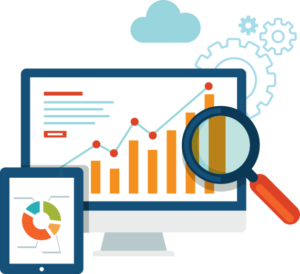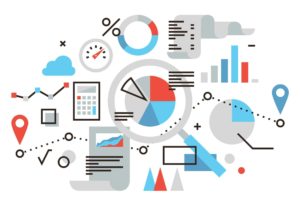Most businesses have a detailed understanding of what gets done and by whom, but when it comes to understanding how work gets done (and how it gets started and how it progresses for that matter), the waters are murkier. But, as we have discussed many times before, in order to improve business processes –and ultimately improve business outcomes– you have to first have an accurate and detailed understanding of every part of the process.

Our instincts may very well tell us our group of experts are just people to build our workflows so we can begin to optimize our business process. The problem with our instincts is… well, our instincts. The challenges to this scenario are distinctly human. As people, we have feelings and ambitions. We tend to prefer data points that support our own hypothesis. We make assumptions. We prioritize things, both consciously and subconsciously, with inconsistency. We behave conditionally. As a species, we are inherently biased. And despite even our best efforts, these aren’t qualities we can always turn off.
A 2016 paper by McKinsey addressing business in the digital age touched on this exact issue and found that the right application of technology and data analytics can overcome the human bias challenge.

Gut instincts serve many purposes. They help us think and act quickly in situations that call for it. In some ways, our instincts help us build relationships, run businesses, and be great leaders. But in the “Age of Analytics,” instincts cannot be the primary driver for decision making. Read more about Process Intelligence here, here, and here.

